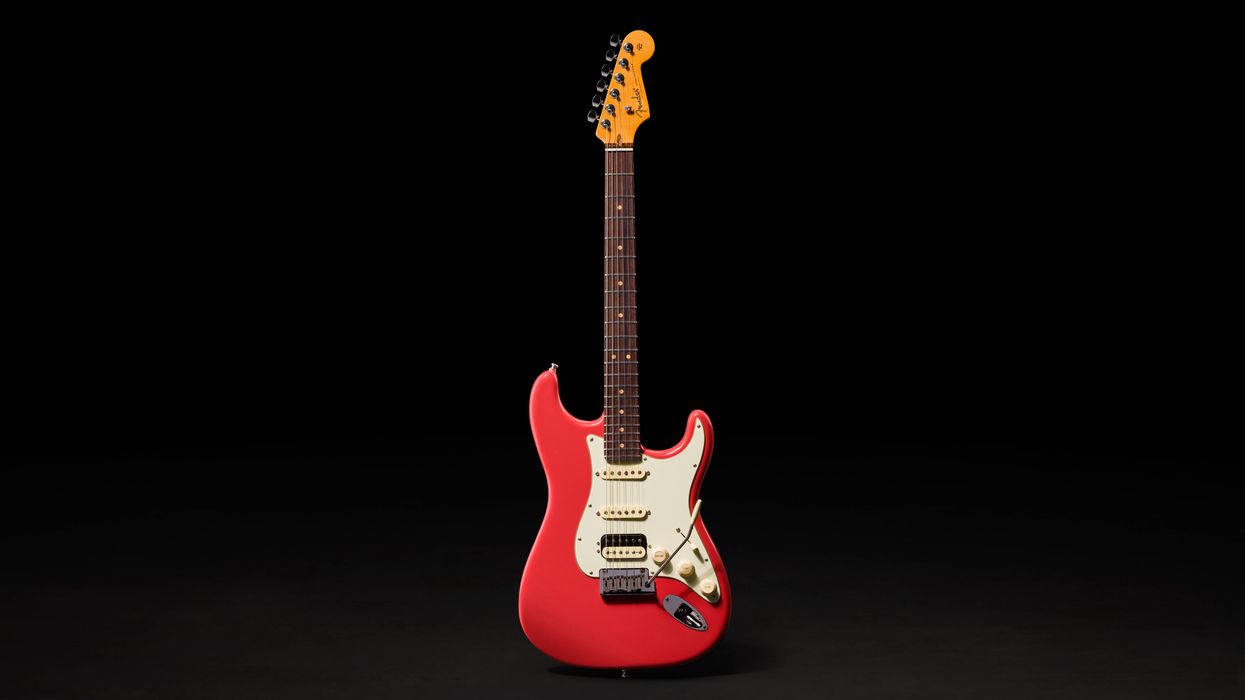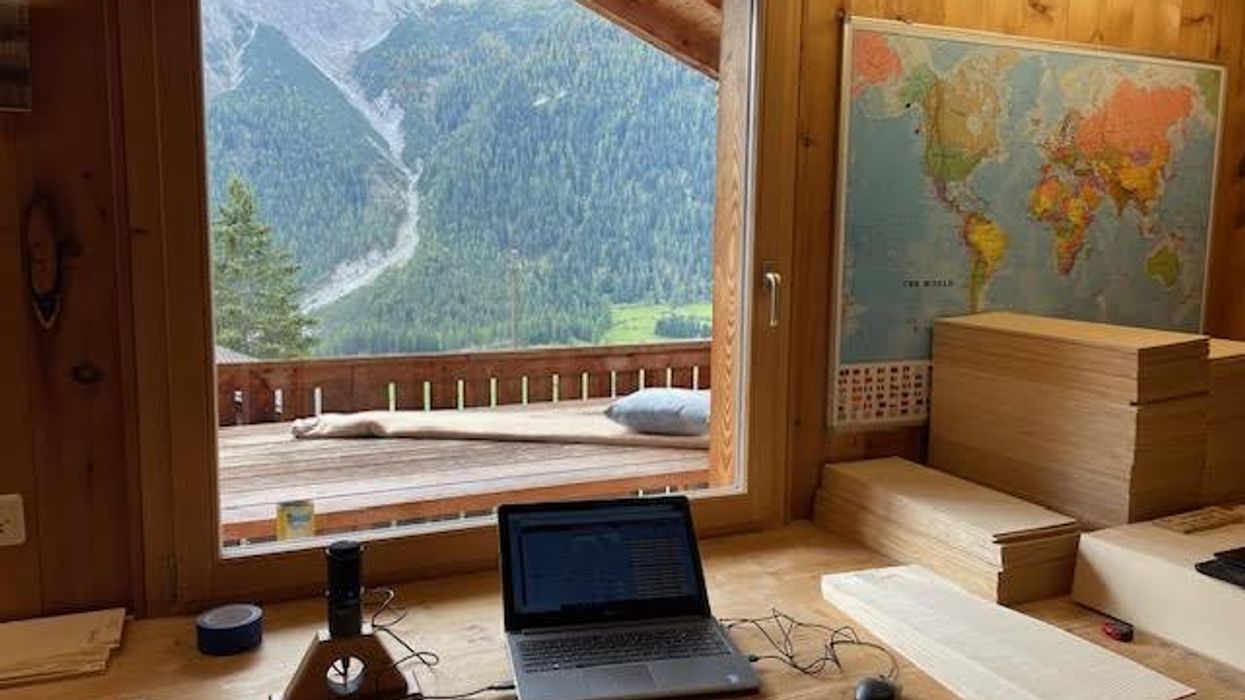I met a man the other day named Bob Taylor who told me that he wanted to learn to build a guitar. Not that Bob Taylor. Actually he went by Robert, and he was not from San Diego; he had never built a guitar, but he had a desire to try. He didn’t know where to start, and he was a little intimidated by the whole prospect.
While the acoustic guitar is a very specific and fairly exotic combination of art and craft, it is, after all, just a wooden box with a hole and a neck and some strings. I think that is the appeal to the prospective builder. We all built the birdhouse in shop class back in middle school, and a birdhouse is, after all, a box with a hole. Acoustics are not made of circuits or plutonium or nano anythings. They’re mostly just wood, something most everyone is comfortable with. That is not to say that it’s easy to build a guitar. It is a lofty goal, but one that is absolutely attainable. Reading about and listening to the instrument, and discussing all things about building—along with hands-on experience—are great ways to understand it better. I have always believed that this understanding can help make you a better player as well.
Finding Resources
In the last 25 years or so there has been a real wealth of information available to the budding luthier. Unlike some industries, the guitar-building community made a seemingly collective decision to share their techniques, methods, designs, skills and experience in an amazing display of generosity and cooperation that is directly responsible for the so-called “Golden Age Of Lutherie” in which we find ourselves. Organizations such as the Guild of American Luthiers (The GAL) and the Association of Stringed Instrument Artisans (A.S.I.A.) publish journals, collections, and books loaded with information about building techniques, wood properties, sound production theories, material sources, and anything else you can think of related to instrument construction. They also host conventions where you can listen to lectures, meet other builders, buy materials and generally immerse yourself in the field. It was at the A.S.I.A. symposium in the late ‘80s that no less than John Monteleone, the legendary builder of exceedingly fine mandolins and archtop guitars, complemented my work on a banjo I was displaying, quite a confidence boost for a young builder.
The Internet can also be a great resource for information. There are many forums with ongoing discussions about the topics of the day. But be careful: the anonymity of cyberspace makes experts out of everyone. That coupled with what I will call the “extreme confidence” of some genuine experts who demand a fairly dogmatic adherence to their approach can instill the dreaded fear of “doing it wrong” in many beginners. Resist the urge to get caught up in that kind of thinking and (to steal a line from Nike) just do it. Even doing it wrong can help you to learn how to do it right the next time.
How to Start Building
A kit can be a great way to get started. There are many good kits available from establishments like Stewart- MacDonald and Luthiers Mercantile International. This is a great way to learn how all of the individual parts are designed to come together, and it will familiarize you with the tools and techniques necessary to continue the learning process. If you enjoy assembling the kit and have reasonable success, you’ll probably want to delve into it further and take a stab at building from scratch—lo and behold, you’re on your way.
For those really wanting to jump in with both feet, there are a variety of schooling options available. Check out stewmac.com for a listing of lutherie schools around the country. They vary from one-week camps to full community college programs and all include hands-on work for which there is no substitute. Many of the people we hire in our shop have attended one of these schools, and it can be an excellent way to get into the profession if you are really serious about it.
Whatever your level of interest might be, my advice to you is the same advice I gave to Robert Taylor: get started. Read some, talk some, listen some, and get started making some wood chips and dust. Some of the most satisfying, frustrating, depressing, elating, soul searching, and just plain fun experiences I ever had were all part of the first guitar I ever made. What are you waiting for?
Jeff Huss
Jeff Huss, co-owner of Huss & Dalton Guitar Co., Inc., hails from North Dakota and moved to Virginia in the late eighties in pursuit of bluegrass music. Along with the music came the opportunity to build acoustic guitars and banjos. In 1995, he and business partner, Mark Dalton formed their business and have established world-wide recognition for building high-end, boutique style guitars and banjos.






![Rig Rundown: AFI [2025]](https://www.premierguitar.com/media-library/youtube.jpg?id=62064741&width=1245&height=700&quality=70&coordinates=0%2C0%2C0%2C0)


![Devon Eisenbarger [Katy Perry] Rig Rundown](https://www.premierguitar.com/media-library/youtube.jpg?id=61774583&width=1245&height=700&quality=70&coordinates=0%2C0%2C0%2C0)





